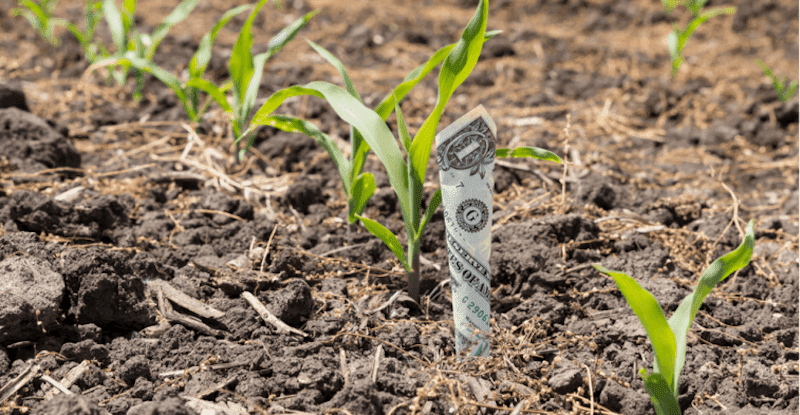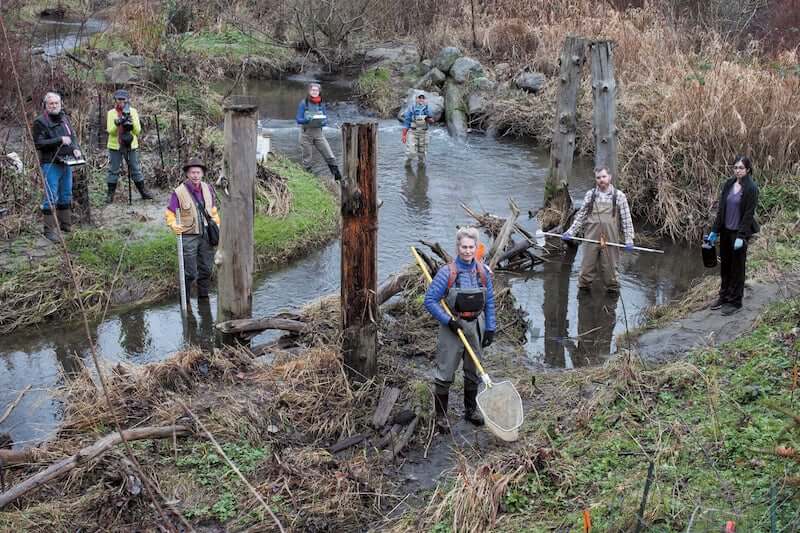
Farm subsidies in the United States serve to bolster farmers and ensure food stability, however, their impact on small farms is often disproportionate. These farms find it challenging to compete with large-scale industrialized farming ventures and to gain access to the vital subsidies they need to flourish.
Farm subsidies in the United States serve to bolster farmers and ensure food stability, however, their impact on small farms is often disproportionate. These farms find it challenging to compete with large-scale industrialized farming ventures and to gain access to the vital subsidies they need to flourish.
The effect of farm subsidies on small farms can differ considerably between states.

Let's look at a summary of the subsidies offered by select states as well as the federal government.

Despite this array of assistance programs, the distribution of farm subsidies across the United States is not equitable. Small farms, often hailed as the backbone of the American agricultural sector, receive a disproportionately small slice of government support.

Farm subsidies' impact on small farms is multifaceted and complex. They can offer much-needed financial relief, but they often lean towards larger farming operations, especially in the case of financial programs provided by the USDA. This bias can make competition tougher for small farms and worsen their financial predicaments. Moreover, state-to-state variation in subsidy distribution can add to the difficulties encountered by small farmers.
As the American agricultural sector continues to change, addressing these disparities and ensuring small farms get the support they need to prosper is paramount. While subsidies play a crucial role, finding ways to distribute these funds more fairly, and enabling small farms to access the support they need, are vital steps.
The application process for a farm subsidy can change based on the country and specific subsidy program in question. Here are some general steps to follow:
Farm Subsidies - Artical posted Jan5, 2024
Article Posted Sept 24, 2023